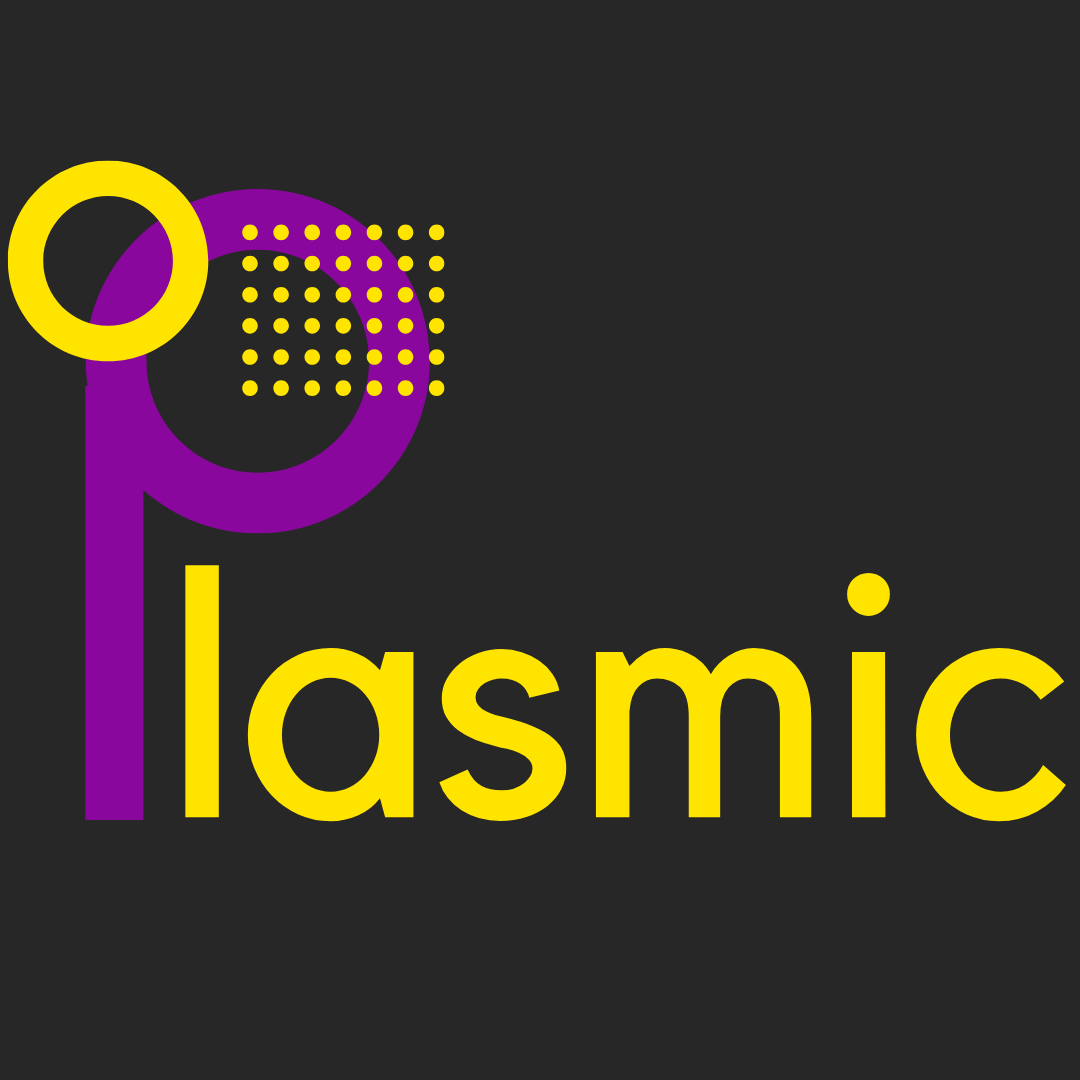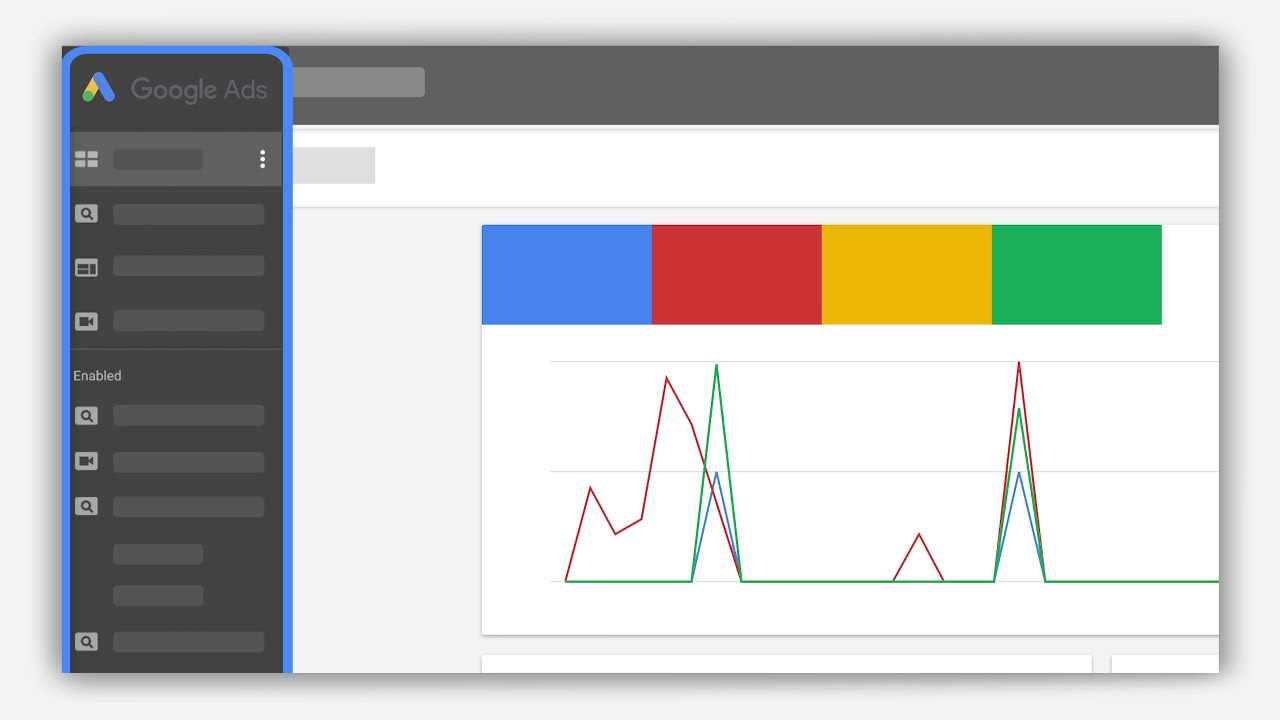Google Ads remains one of the most popular and effective platforms for small businesses to promote their range of products and services. But one key question that is important to know the answer to right from the start is how much you should be spending on the platform.
Of course, figures will vary depending on the exact nature of what your business does, and the size of your marketing budget. But in this post, we give you some guidelines so you can start to understand how much you should be paying. We’ll also examine other considerations such as what you should be getting in return for your spend.
The key metrics to measure in Google Ads
The best way to start any discussion on Google Ads spending would logically be to give you an idea of the key metrics that affect the cost of advertising on the platform. Then consider how they come together to affect the overall cost.
The first thing that you need to keep a really close eye on is Cost-Per-Click (CPC). For those of you new to Google Ads, this is the average amount that you are paying for someone to click on the Call-To-Action (CTA) in your advert. This is perhaps the most important consideration in Google Ads. Cheaper clicks means a better return on your spend. Depending on your industry, expect to pay anything between £0.30 – £50 for a click! It really can vary that much.
Other Factors That Affect Overall Cost
There are multiple different factors that affect your overall CPC. These include the relevance of your advert in relation to the search terms that users have entered into Google. Also, your Quality Score in Google Ads is vital. This is in turn determined by a number of factors, including how engaged people who click on your ad are once they reach your website.
These are the main key metrics that you need to keep an eye on. You need to ensure that you are regularly optimising for these metrics in your Google Ads account. This is crucial for keeping costs down and getting the very most for your spend on the platform.
What types of keywords are you targeting in Google Ads?
In Google Ads, there are broadly speaking, two different types of keywords. These are high-buying-intent keywords, and low-buying-intent keywords. The type that dominant your account will have a profound impact on what you can justify spending on a monthly basis.
If your account focuses mostly on a larger volume of high-buying-intent keywords, then you will of course have to pay in some instances a significantly higher CPC. These are the keywords that have been proven to lead directly to a higher percentage of conversions once people click through. Therefore, as Google Ads is an auction-based advertising platform, there will be much greater demand for these keywords. The increased competition to get clicks from them will mean you’ll have to pay more per click to get in on the action!
Lower Buying-Intent keywords
With lower-buying-intent keywords, you’ll pay less per click as they don’t have the higher conversion rates of the main other type of keywords. But you’ll have to expect to get many more clicks before someone comes onto your site and makes a purchase directly from one of these clicks.
How you set up your account with the different types of keywords, and how good your current website is as a lead-conversion tool, will have a profound effect on how much you can justify paying.
As long as your more expensive keywords are converting well, and the Average Order Values (AOV) and resulting Customer-Lifetime-Values (CLV) from the transactions on your site are high enough, you should be fine. This should justify the increased cost-per-click you have to pay for these types of keywords. In this case it’s well worth paying at least a little more in terms of your monthly budget. This will ensure you are competitive when bidding for these keywords, which will of course have the knock-on effect of increasing your overall spend.
Your industry and sector will have a huge impact
One of the key things that will drastically affect the amount that you have to spend with Google Ads to get decent results, is the industry that you operate in.
Average CPC’s can vary wildly depending on the industry and specific sector that your company is in. Some industries are way more expensive than others when it comes to Google Ads. This is primarily down to the fact that the Average Order Value (AOV) and average Customer Lifetime Value (CLV) tends to differ so much from one industry to the next. The industries where it is not unusual for sales and transactions to be worth many thousands of pounds once the customer purchases, will command much higher cost-per-click (CPC) rates. As in essence the leads and prospects generated from these click-throughs to your website are worth so much more to you as a company.
To give you some idea of how much the cost-per-click could vary from industry to industry, in some sectors it is not unusual to get decent click-throughs from Google Ads that convert as an acceptable rate for less than £1. Whereas in some industries, you might have to pay as much as £50 per click!
Spend more on your re-marketing lists
Another key factor as to how much you should be spending within your Google Ads account, is how much you are spending on remarketing.
In theory, you are able to spend more per click on advertising to people in these remarketing lists. As they are better qualified than people who have already been on your website and perhaps even added something to your shopping cart on the site (if you have an element of e-commerce on your website), so it makes sense to be willing to spend more money to get back in front of these people and engage with them again to try and get them back to the website.
Your traffic counts
Of course, the amount that you should be spending on remarketing in Google Ads is largely dependent on how much existing and past traffic you have coming to your website, and this will depend on how long your company has been operating for, and the marketing and promotional activity that you have done to date to generate awareness around your company and the products and/or services that you provide.
It’s good practice to free up and allocate more significant budget to focusing on running advertising in Google Ads to these remarketing lists though, so this will obviously justify you spending more overall each month in your Google Ads account.
Note that another key thing that will affect how much you are spending on remarketing is whether you choose to run just remarketing search ads to previous visitors to your website, or whether you roll out the remarketing campaigns to the Google Display Network as well — which can significantly increase the amount you are spending on this form of advertising. You could even test some video remarketing ads running on YouTube if you have the required video content available — again, testing is key here to see the results that are gained from the various types of remarketing, so be sure to have very tight analytics and data in place when you are running these campaigns so you can see exactly how many conversions have come from each type of remarketing type and placement — and adjust your overall spend and budget accordingly.
Conclusion regarding Google Ads
So that completes my round-up of my tips and guidelines as to how much you should be spending on Google Ads — I hope you have found the information above useful and be sure to leave a comment below to let me know what you think, and to ask any further questions that you have?
Want to get started with Google Ads? You can create your account now at their website.
Interested in other marketing services from us? View all our services.

